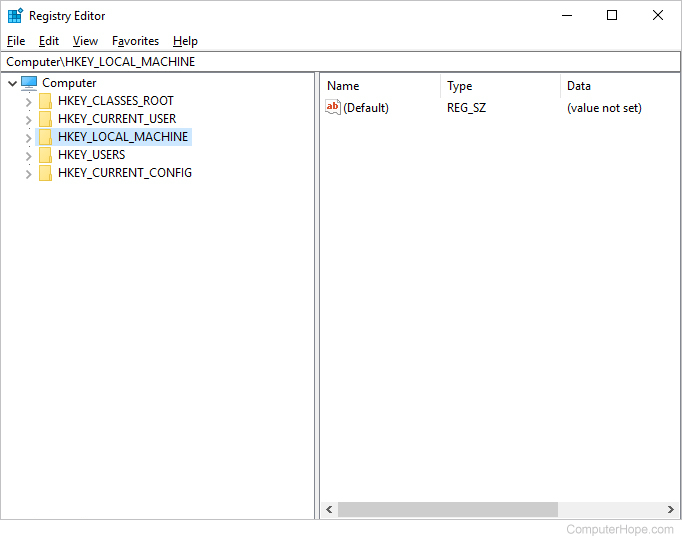Detailed Examination: WebP, JPG, and PNG Image Formats
The digital landscape is replete with various graphic formats, each with its unique features. While JPG and PNG have long dominated this realm, the rise of WebP brings forth new dynamics.
This article sheds light on these three formats, helping you make informed decisions for your digital needs.
WebP: The Rising Contender
Introduced by Google in 2010 and founded on On2 Technologies’ acquired technology, WebP stands out with its impressive lossless and lossy compression capabilities. Users can adjust its compression levels, finding a balance between fidelity and storage efficiency.
Advantages:
- Achieves significant storage savings. When compared, WebP’s lossless variant trumps PNG by compressing up to 26% more, and its lossy variant outperforms JPG by offering 25-34% additional compression without sacrificing quality;
- Offers both lossless and lossy compression techniques, further complemented by Alpha transparency and dynamic animations.
Disadvantages:
- Limited adaptability. Though browsers like Chrome, Edge, Firefox, and Opera natively recognize WebP, notable exceptions like Safari and Internet Explorer do not;
- Conventional graphic design tools often struggle with WebP files.
JPG: The Pervasive Veteran
JPG, often interchanged with JPEG, is synonymous with digital imagery due to its widespread acceptance. Primarily known for its lossy compression, JPG excels in presenting high-resolution images rife with gradients and colors.
Advantages:
- Capable of rendering images in 24bit color, supporting up to a whopping 16 million colors;
- Especially adept at managing images with intricate designs, rich colors, and gradient transitions;
- Provides a compact file footprint compared to both PNG and WebP, making it storage-efficient.
Disadvantages:
- Falters with transparency, making it unsuitable for graphics demanding clear delineations like logos and icons;
- Each cycle of editing and saving a JPG graphic diminishes its quality due to its lossy nature.
PNG: The Reliable Workhorse
PNG was conceptualized as an answer to the prevalent GIF format. Specializing in lossless compression, PNG is versatile, supporting images with varied color depths.
Advantages:
- Guarantees no degradation in quality, regardless of how many times it’s accessed or saved, thanks to its lossless nature.
- Adept at representing a vast color spectrum: PNG8 with 256 colors and PNG24 with over 16 million;
- Showcases multiple transparency levels, boasting 256 distinct opacity levels.
Disadvantages:
- Cannot animate graphics, a feature some contemporary formats offer;
- Given its insistence on maintaining quality, PNG often results in larger file dimensions;
- Lacks support for EXIF meta-data, a staple in most modern digital cameras.
Comparison Table
| Criteria | WebP | JPG | PNG |
|---|---|---|---|
| Container | RIFF | TIFF | – |
| Lossy Compression | Y | Y | N |
| Lossless Compression | Y | N | Y |
| Metadata | Exif, XMP | Exif | – |
| Scalable Coding | N | Y | N |
| Multiple Images in One | Y | N | N |
| Animation | Y | N | N |
| Alpha Transparency | Y | N | Y |
| Thumbnail | N | Y | N |
| Depth Mapping | N | N | N |
Conclusion
Drawing comparisons between WebP, JPEG, and PNG, it’s clear that each excels in distinct scenarios. While JPG shines with vibrant, detailed imagery, PNG is the go-to for icons, line drawings, and text graphics that need a compact storage footprint.
WebP, on the other hand, offers a perfect solution for webmasters aiming to optimize website load times and conserve server resources. Supplementing these choices, tools like WebP Express can assist in converting between these formats, ensuring you always have the optimal format for your purpose.

